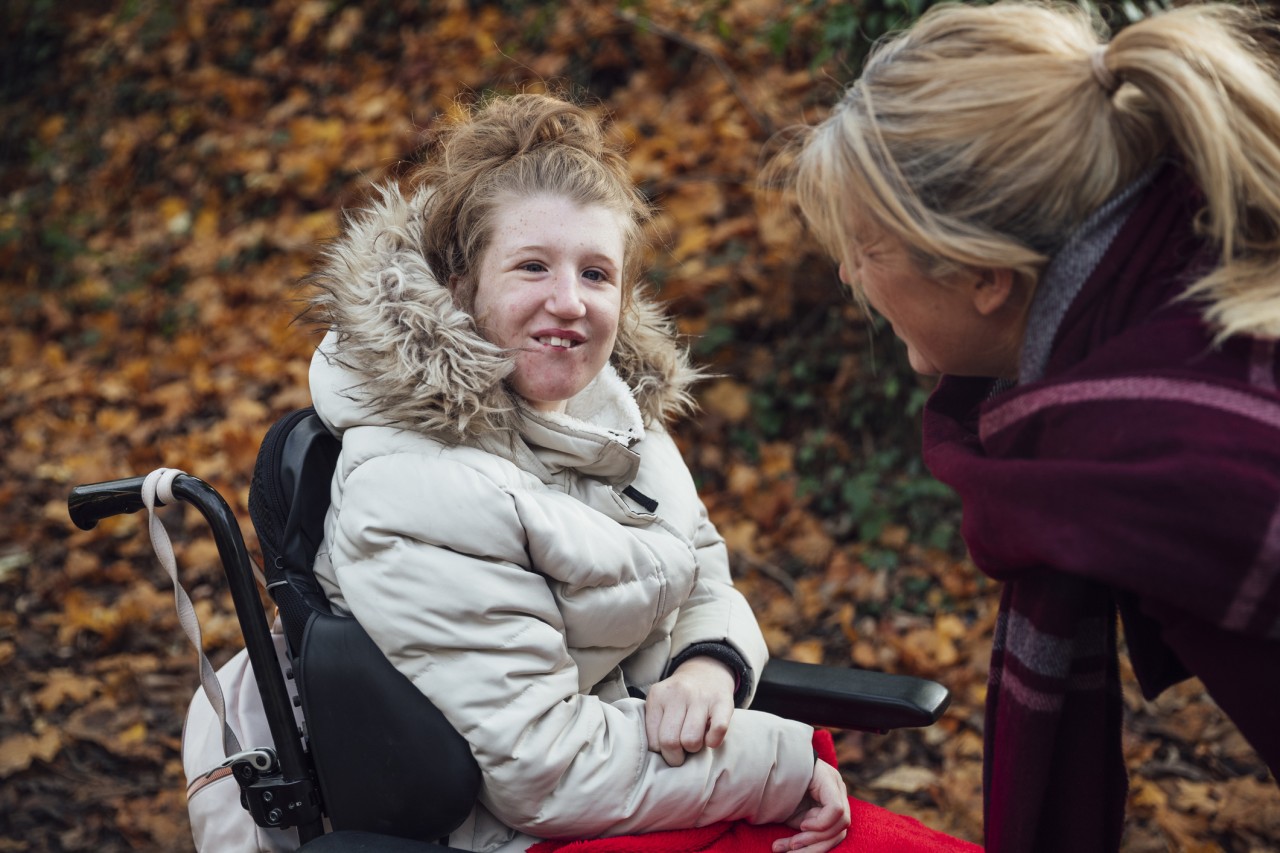
1. Dyslexia
2. ADHD
3. Dyscalculia
4. Dysgraphia
5. Dyspraxia
Dyslexia:
Dyslexia is a general term for a disorder that involves difficulty in learning to read or interpret words, letters, and other symbols, but this does not affect general intelligence. Study shows that most people think that Dyslexia causes people to reverse letters and numbers and see words backward. Reversals do happen but this is a normal part of the development and is seen in most kids until they reach a bit older. This makes it hard to understand short or familiar words or to sound out longer words.
ADHD:
ADHD stands for attention deficit hyperactive disorder. It is a medical condition. A person with ADHD has differences within the brain development system and brain activity that affects attention, the ability to sit still, and self-control. ADHD can affect children and adults in school, at home, and in friendships. People diagnosed with ADHD have a harder time staying focused. ADHD can make it difficult to keep behavior under control. This means kids and teenagers may get into more trouble.
Dyscalculia:
Dyscalculia is a specific and persistent difficulty in understanding numbers that can lead to a diverse range of difficulties with mathematics. It will be unexpected in relation to age, level of education, and experience and it occurs across a variety of all ages and abilities. Dyscalculia is only a learning disorder related to maths, people can still exceed in other subjects such as English or History.
Dysgraphia:
Dysgraphia can appear as difficulties when spelling and or troubling writing down thoughts. Dysgraphia is a neurological disorder that generally appears when children learn to write. Experts are not sure what causes it, but early treatment can help prevent or reduce the problem. Symptoms of Dysgraphia can be children having unclear, irregular, or inconsistent handwriting. Often children with different slants, shapes and children who have problems with upper- and lower-case letters. They also tend to write or copy things in a slow manner.

Dyspraxia:
Developmental coordination disorder (DCD) also known as dyspraxia, this is a condition affecting physical coordination. This causes a child to perform less well than expected in the daily activities for their age and appear to move “clumsy”
Some symptoms of Dyspraxia are:
Poor Balance
Poor Posture
Lack of Integration of the two sides of the body
Lack of Rhythm when dancing, doing aerobics
Clumsy gait and movement
Exaggerated ‘accessor movements’ such as flapping arms when running
Tendency to fall or trip and bump into things
Secure Healthcare Solutions can accommodate the service user with each one of these disorders, we have a positive behavioral support practitioner who resources the correct candidates to fit the needs of the service user. Secure Healthcare solutions support and provide a service of care to Learning Disability service users. This can vary from 6hours to 24-hour support either in the community or in the comfort of their own home.
For more information follow our website
https://securehealthcaresolutions.co.uk/about-us/
or call 0121 285 9449

